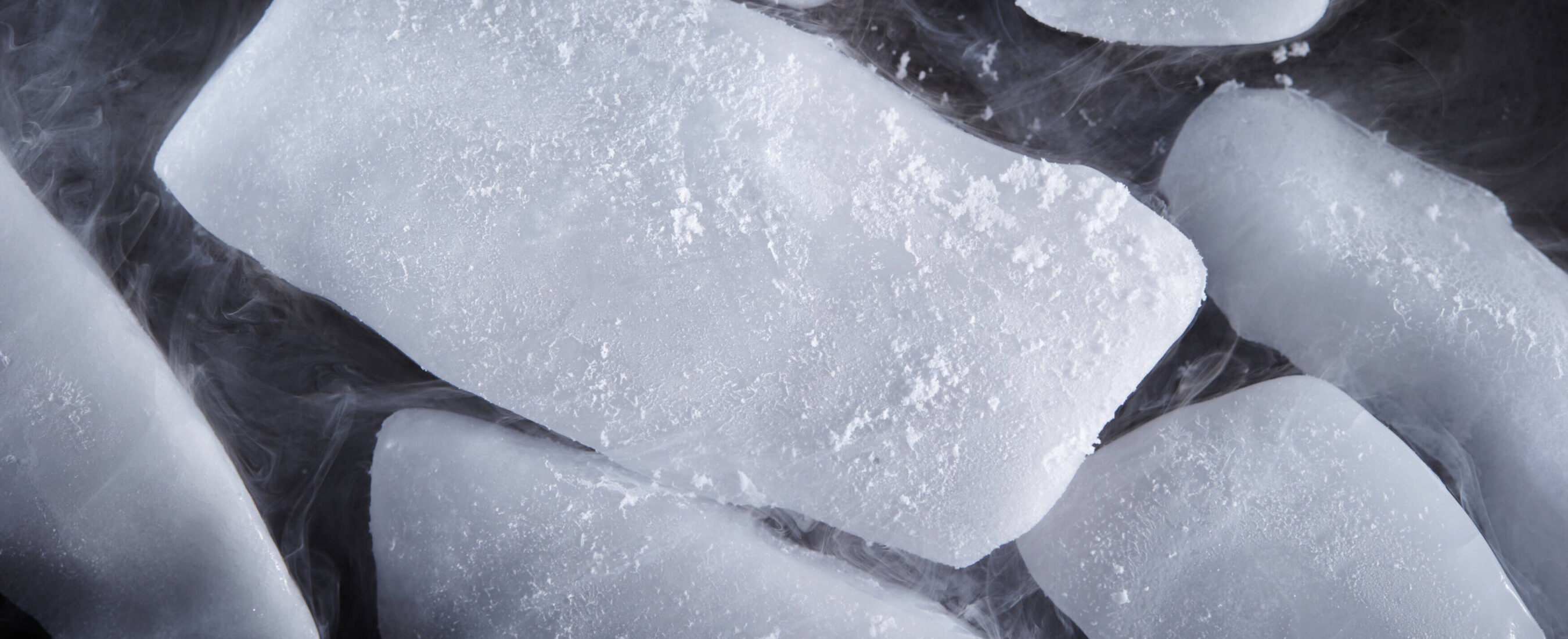Send us your feedback
Here you can send us feedback on the Maxess-website. Please describe the problem or what’s missing in a clear way, and on what page you found the issue. Thank you so much for your help!
The road towards more stable biopharmaceuticals
The company Swedish Orphan Biovitrum AB (Sobi) wants to know how to improve thermal stability of their biopharmaceutical products. Together with researchers from Malmö University, MAX IV, and RISE, they used synchrotron light to understand how proteins behave when water is removed from the pharmaceutical solution. Their findings can have important implications in the creation of more stable biological drugs.
The challenge with residual water
In the production of biopharmaceuticals one of the limiting factors is the stability of the components. Biological medical products are more vulnerable than synthesised pharmaceuticals to changes in formulation and particularly in the amount of water remaining in the product. The stability of biopharmaceuticals can be improved by removing water from the formulation during production. The Swedish company Sobi together with researchers from Malmö University, MAX IV, and RISE, used synchrotron light to investigate the production of biopharmaceuticals in solid state. A more advanced understanding of how proteins’ structure change in a dry or semi dry state can lead to ground-breaking advancements in the development of more stable biological drugs.
The many benefits of synchrotron X-rays
The production of biological drugs in solid states involves a process of lyophilisation where the solution is exposed to low levels of hydration. The effects of this process on the pharmaceutical formulation are still only partially known, and the behaviour of residual water after the drying process has not been properly documented yet. We know that residual water is likely to affect the physical and chemical stability of the biological drug. Hence, understanding the mechanisms of destabilization of proteins in the dry/semi dry state is essential to the development of more stable and effective drugs.
Synchrotron light is the perfect tool for studying biological drugs formulations in the dry or semi dry state. The high flux and high brilliance of X-rays produced at synchrotron facilities is required for characterising proteins in a solid or semisolid matrix of excipients, as conventional X-ray sources lack the necessary contrast. In addition, synchrotron facilities provide sophisticated sample environments where the high flux allows for conducting experiments at realistic heating and cooling rates. These types of sample environments are now being developed also at the CoSAXS beamline at MAX IV.
“With the innovative use of SAXS/WAXS we can now better predict protein stability in lyophilized formulations”
Jonas Fransson, Swedish Orphan Biovitrum

What happens to proteins without water?
A team of representatives from Sobi, together with researchers from Malmö University, MAX IV, and RISE performed Small and Wide-angle X-ray scattering (SAXS and WAXS) at the ALBA synchrotron in Barcelona and at Petra III in Hamburg. They studied both a therapeutic protein and a model protein in dry and semi dry state to understand how the protein structure is destabilised and compromised at different temperatures.
The collected data shows how after dehydration molecules rearrange in structures that minimise the destabilising effects of protein-air interfaces. This rearrangement does not occur when proteins are combined with excipients, where instead the native structure is retained. Overall, the results provide instrumental information on proteins’ behaviour during dehydration and rehydration, and on the role played by excipients and residual water in thermal stability. This research is of clear importance in Sobi’s commitment to create more stable biopharmaceuticals.
Contact Partners
Case Details
Swedish Orphan Biovitrum AB
Biofilms Research Center for BiointerfacesNextBioForm – New characterization methods for biologics and drug formulationsCoSAXS



